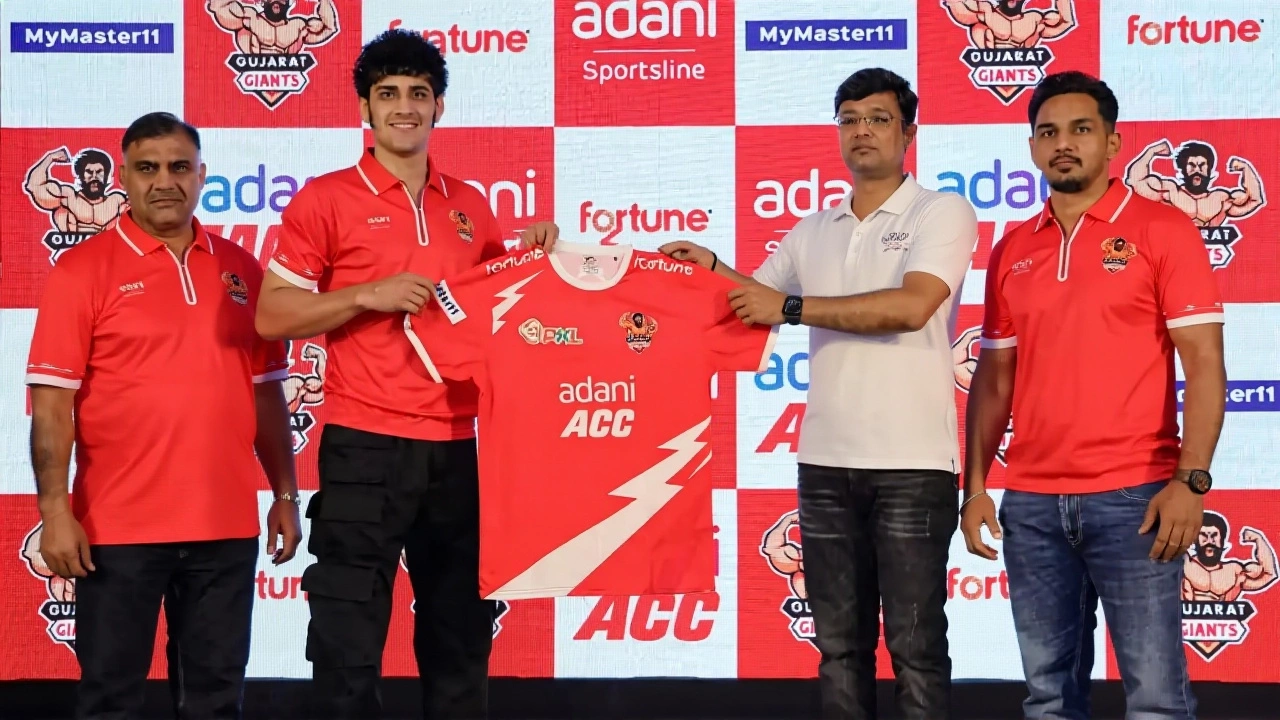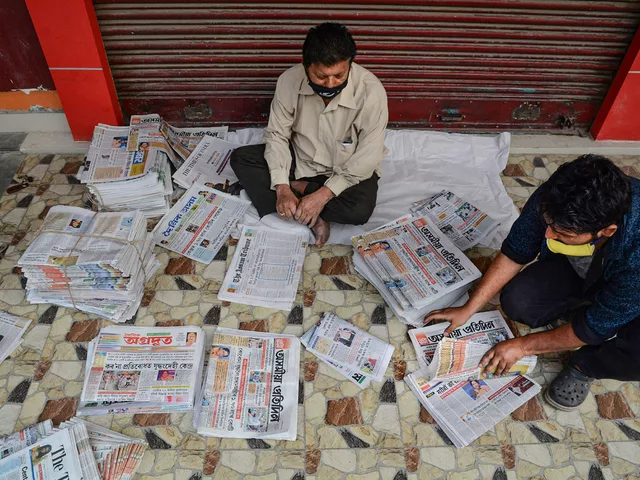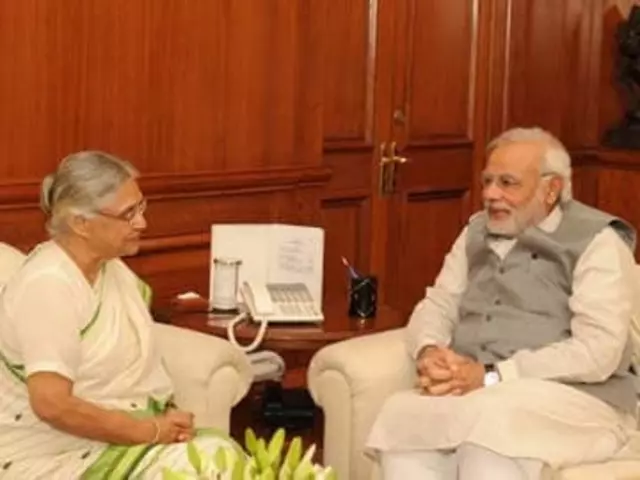Captaincy Change: How Shifts in Leadership Influence News and Society
When talking about captaincy change, the swapping of a top leader or commander in any field, also known as a leadership transition, we see a ripple effect across politics, bureaucracy and media.
Bureaucratic transfers, the reassignment of civil servants to new posts often act as the engine behind a captaincy change in government. In Uttar Pradesh, frequent moves of IAS officers like Ashok Khemka and Durga Shakti Nagpal illustrate how political pressure, the influence exerted by elected leaders on administrative appointments can trigger sudden reshuffles. Meanwhile, the media coverage, the way news outlets report and frame these events determines public perception, turning a routine transfer into a headline‑grabbing drama.
Why Captaincy Change Matters Across Sectors
The pattern repeats in business, sports and entertainment. A star actor’s legal battle, a tech brand’s product launch, or a school’s policy shift all involve a captaincy change that reshapes strategy and stakeholder expectations. Understanding the three‑part relationship—captaincy change encompasses bureaucratic transfers, bureaucratic transfers respond to political pressure, and political pressure guides media coverage—helps readers decode why news stories swing from calm analysis to heated debate.
Below you’ll find a curated mix of articles that showcase these dynamics: investigative pieces on administrative reshuffles, commentary on media’s political focus, and real‑life examples of how a single leadership switch can trigger wide‑range consequences. Dive in to see the theory in action and pick up practical insights for anyone watching India’s ever‑shifting power landscape.

Gujarat Giants Oust Captain Shadloui, Name Rakesh Ahead of Jaipur Game
Gujarat Giants dropped Iranian captain Mohammadreza Shadloui and named Rakesh as the new leader ahead of a Jaipur match, hoping to reverse a 1‑6 start in PKL 12.
Sports



